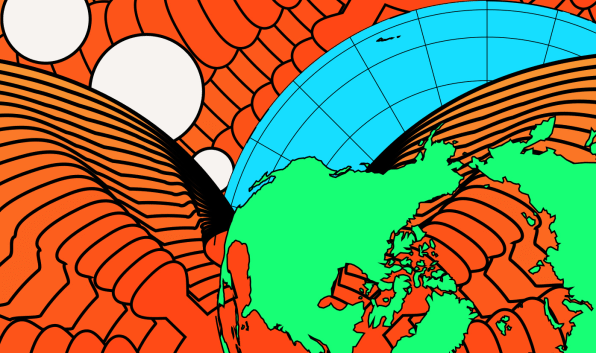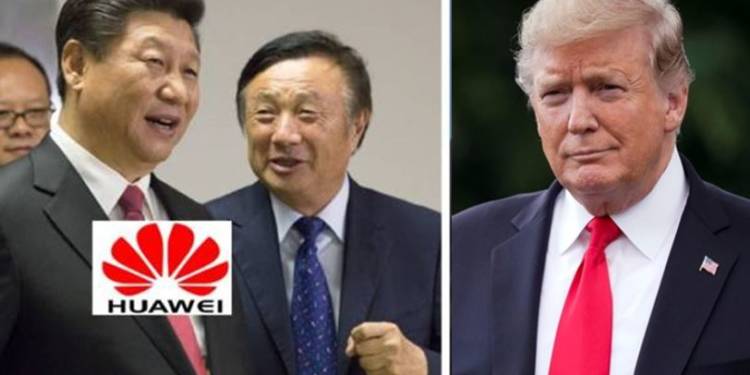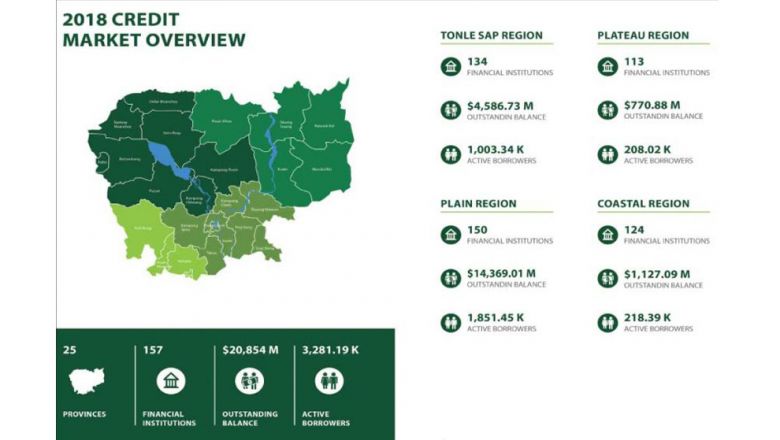Economics
now browsing by category
The ‘Respectable’ Faces that Help Cambodia’s Elite Loot the Country
Source: RFA in English , RFA in Khmer, By Jack Davies
For 30 years international donors have poured money into Cambodia, and for 30 years international moneymen have helped siphon it out.
In August 1990, one year before he took up his role as U.S. ambassador to Cambodia, Charles Twining wrote that “the Phnom Penh regime is … acquiring a significant reputation for corruption.” Three decades later the country has the same prime minister, Hun Sen, and his government the same reputation for graft. Another constant for the last 30 years has been the apparent willingness of outwardly respectable banks, realtors and consultants to help politically connected Cambodians expatriate their country’s riches.
In recent months, an investigative series by Radio Free Asia examining the overseas real estate holdings of Cambodia’s ruling elite has turned up properties worth $30 million. Upcoming stories will reveal further properties, worth in excess of $100 million.
That figure is just a drop in the ocean of wealth that leaks out of the country illicitly each year. In 2016 alone, at least $1.8 billion was laundered out of Cambodia, according to an analysis by U.S. think tank Global Financial Integrity.

Cambodia is not alone. Global Financial Integrity estimates that economies around the world haemorrhaged more than $800 billion just in 2017. The global financial system is hardwired to facilitate the movement of capital across international borders as seamlessly as possible, and for as long as it’s been that way there have been well-dressed criminals taking advantage of it.
From Phnom Penh to Panama City
Few names symbolised the symbiosis of political power and commercial clout in 1990s Phnom Penh quite like Teng Boonma. When in 1997 Hun Sen orchestrated a bloody coup against his royalist coalition partners, Boonma admitted – but later denied – that he had stumped up more than $1 million to bankroll the bloodshed. Many observers viewed the cash as payback to a regime that had protected his lucrative businesses that skirted both sides of the law. He was a major importer and exporter of consumer goods and, according to the U.S. State Department, narcotics – a charge he repeatedly denied.
Having spent much of his life in Thailand, like many of Cambodia’s early tycoons he began cutting informal deals with the country’s government in the 1980s, before the economy had officially opened.

It was an open secret at the time that commercial success in Cambodia was only possible with political patronage, which came at a price. A 1994 internal memo from international cigarette manufacturer British American Tobacco stressed the “importance of Government, Provincial official contacts” for doing business in Cambodia, but cautioned, “it’s clearly somewhat of a ‘Pay your money, take your choice’ situation, as to who today of ‘influence’ will be in the same position tomorrow.”
What was true in 1994 was truer still five years earlier, but corporate records obtained by RFA show that did not deter lawyers in Hong Kong – then a British colony – from helping Boonma register and administer a string of Panamanian companies in 1989 to manage his commercial affairs. Meanwhile in Panama, Boonma shared a corporate lawyer with Osama bin Laden’s half-brother.
Passports to freedom
A decade later in 1999, Boonma found himself in trouble with authorities in Hong Kong, where many of his businesses were headquartered, when prosecutors charged him with making false statements to immigration officials. Somewhat ironically, they were forced to drop the charges when the tycoon claimed immunity on the grounds he held a Cambodian diplomatic passport.
Read More …The coronavirus butterfly effect: Six predictions for a new world order
The coronavirus butterfly effect: Six predictions for a new world order
The world may soon pass “peak virus.” But true recovery will take years—and the ripple effects will be seismic. Parag Khanna and Karan Khemka forecast the aftershocks.

BY PARAG KHANNA AND KARAN KHEMKA8 MINUTE READ
In chaos theory, the butterfly effect describes a small change that can have massive, unpredictable consequences. An insect flaps its wings and, weeks later, causes a tornado.
The coronavirus is more like an earthquake, with aftershocks that will permanently reshape the world.
If we are lucky, the world will pass “peak virus” within the next six months. But the economy, governments, and social institutions will take years to recover in the best-case scenario. Indeed, rather than even speak of “recovery,” which implies a return to how things were, it would be wise to project what new direction civilization will take. That too will be a bumpy ride. The next 3-5 years will remind us that COVID-19 was the lightning before the thunder.
Of course, it is difficult to draw straight lines between cause and effect. With the benefit of hindsight, we can trace how the Treaty of Versailles and the Great Depression enabled the rise of Hitler. But in the hyperconnected world of today, dense global networks enable butterfly effects to ripple and amplify far more rapidly.
Can we forward-engineer probable scenarios emerging from the consequences of today’s pandemic? Given how stretched our institutions are in coping with the current crisis, few tasks could be more urgent in helping us prepare for the future. It is easy to predict further doom after a devastating phenomenon such as the coronavirus. Reality will likely turn out differently—and it certainly can.

THE LONG EMERGENCY
The most obvious tail-risk scenario to consider is that the numerous existing strains of COVID-19 encircling the world continue to ravage societies and the search for a vaccine proves more elusive, extending beyond the currently forecast 12-18 months. Countries that have accepted the rhythms of shelter-in-place policies and deployed contact-tracing technologies may be able to isolate pockets of exposure through strict quarantines, but poor and densely populated countries will remain especially unprepared and vulnerable. The aggregate death toll crosses from under 100,000 at present to nearly one million or more. At the moment, all countries are self-isolating, but in this trajectory, some countries would be indefinitely ring-fenced from physical exchange with others. Domestically, they face a painful choice between reopening their economies and exposing their populations to further infection.
Read More …












